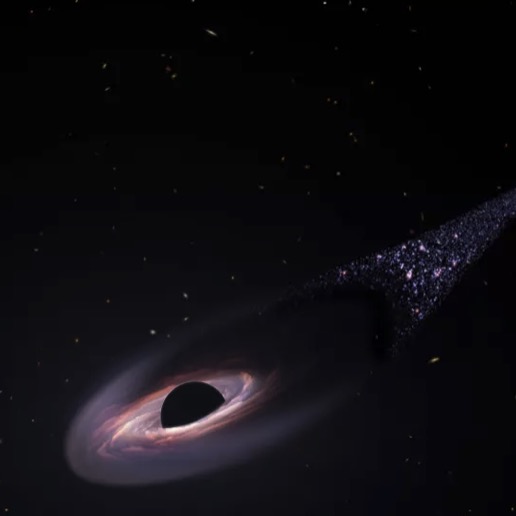Some of the universe’s oldest black holes swoop past our cosmic neighborhood at least once every decade, moving planets in their wake, a new study suggests. And if scientists can detect them, it would provide the first proof that these black holes exist as dark matter.
Black holes, regions of immense gravity that even trap light, are some of the cosmos’ most bizarre objects. But arguably the strangest among them are primordial black holes (PBHs). Astronomers have hypothesized that PBHs formed when dense, hot regions of space collapsed in the second immediately following the Big Bang.
Depending on when they were born in this one-second interval, PBHs are projected to have masses ranging from a hundred-thousandth the mass of a paper clip to that of 100,000 suns. But some scientists believe that PBHs with masses between asteroids like Juno and Eros are the most important because they may be primarily made of dark matter, a mysterious material that glues components of galaxies together.
“Writer Fuel” is a series of cool real-world stories that might inspire your little writer heart. Check out our Writer Fuel page on the LimFic blog for more inspiration.


